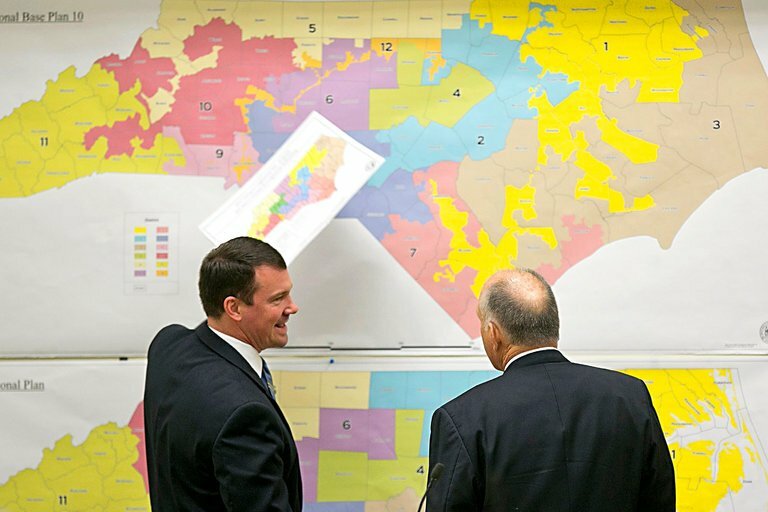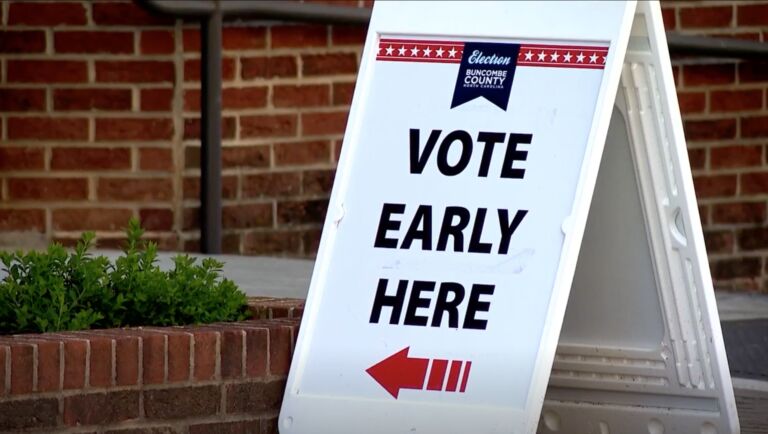North Carolina is finally moving forward in its elections after a myriad of lawsuits successfully altered both the congressional and legislative maps to be more favorable to Democrats. Friday, March 4, was the last day for candidates to file for the new districts.
Ten House members and six Senate members were double-bunked in this year’s redraw of the legislative maps. All of them were Republicans other than Representative Raymond Smith, who was slated to be in the same district as House Majority Leader John Bell (R) until he filed to run against Senator Tobby Fitch in the Senate District 4 Democratic primary. With some members deciding to run for congress or a position in the other legislative chamber, there are only four primaries with double-bunked incumbents this May.
The four elections are:
- NC Senate District 47: Senator Ralph Hise (R) v. Diana Ballard (R)
- NC Senate District 1: Bob Steinburg (R) v. Norman Sanderson (R)
- NC House District 113: David Rogers (R) v. Jake Johnson (R)
- NC House District 52: Ben Moss (R) v. James Boles
Incumbents always have an advantage in any given election, primarily due to voters recognizing their name on the ballot or “Name ID.” How does this work out when they face another incumbent in newly drawn districts? This week we will be breaking down these double-incumbent primaries, evaluating these new districts and how much these candidates’ old districts overlap with their new districts.
We measure this by comparing their current district to the new one based on total population, voting-age population, and calculating potential Republican Primary voters. The overlap population is factored at the precinct level, and only counts the part of the old district that remains in the candidate’s current district. We calculated Republican primary voters the same way we run the Civitas Partisan Index (CPI), taking statewide elections and averaging the elections out. The elections we used for these calculations were the statewide 2020 Republican primary elections for US Senate, Governor, Lieutenant Governor, Superintendent of Public Instruction, Commissioner of Labor, Commissioner of Insurance, Attorney General, Secretary of State, and Auditor.
North Carolina Senate District 47: Hise v. Ballard
This year, one of the likely most-watched primaries will be between two key Republican Senate leaders: senators Deanna Ballard and Ralph Hise. Both hold key leadership positions in the Senate. Ralph Hise chairs the powerful Appropriations Committee while Ballard chairs the Senate Education Committee and has been a pronounced leader for education policy in the Senate. Senate District 47 is a safe Republican seat with no Democrat or third-party candidate filing for the seat in the general election.

While Ballard currently represents a far larger portion of the new Senate District 47 in total and voting-age population, the GOP primary voter percentage is very close.
Neither candidate has represented Avery, Caldwell, or Haywood, leaving 6,392 potential primary voters who have never seen their names on the ballot. This election will likely come down to who picks up more votes in those three counties.


